One of the best traditions of the Stanley Cup is that the winning team gets to engrave their roster onto the bottom ring of the Cup. If you ever get to see the Stanley Cup in person it is so much fun to look at all of the players names engraved on it. I love looking for my team and all of the different Hall of Famers who have their name on it.
Another thing you will notice when looking at the cup is that there is limited space for names. The trophy cannot go on forever
What happens when the Stanley Cup is full? What do they do with the rings? Each barrel on the Stanley Cup has space for 13 teams. When a barrel is full they take the top most (oldest) barrel off and place in the Hall of Fame, while a new barrel is added to the bottom.
Embed from Getty Images
When the Stanley Cup was first given by Lord Stanley in 1892 it was simply a cup with only one ring. The cup was to be awarded to the amateur champion of Canada, and the championship team, at their own expense, at their team name.
The first ring became full after 1902 and a second ring was not added until 1909 by the Ottawa Senators.
The Montreal Wanderers were the first team to add their roster to the cup in 1907 (on the inside bowl) but regular engraving of the roster did not start until 1924.
After the Wanderers set the tradition of putting your roster caught on in 1924 then rings to the cup were added almost every year. These rings were not the large rings that you see on the Stanley Cup that you would see today, but a much smaller circle.
This caused the Stanley Cup to become a long and narrow trophy that was given the nickname of the “Stovepipe Cup”.
A picture of the Stovepipe Stanley Cup1948 and 1957 redesigns of the Stanley Cup led to the design that we are familiar with today.
As the Stovepipe Cup grew and became impractical there was a need to have a redesign of what the Stanley Cup looked like.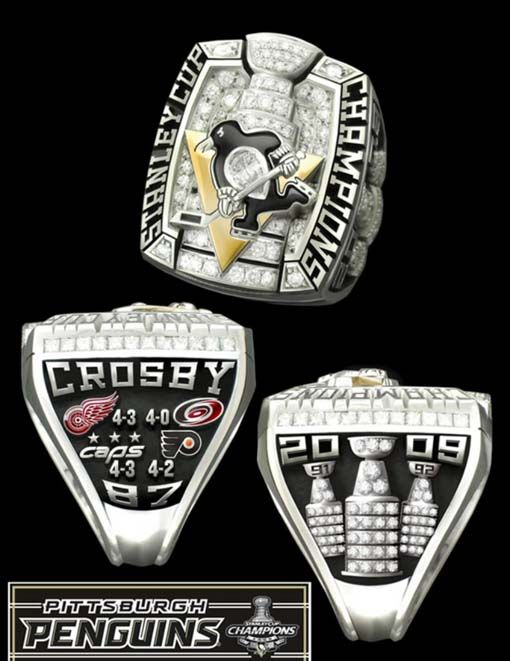 A redesign of the cup in 1948 and 1957 turned the cup into what we see today.
A redesign of the cup in 1948 and 1957 turned the cup into what we see today.
The cup is laid out with 4 smaller bands and two base rings incorporated in the neck. While it has 5 larger bands, which fit 13 teams each, at the base of the cup.
The redesign of the Stanley Cup was done with the purpose of being able to go to the centennial of its origin, which would have been 1992. However, the 1965 Montreal Canadiens took two spots so it filled up a year early.
A new ring is then added to the bottom of the Stanley Cup that will be filled up after another 13 teams have won.
Up to this point there have been three barrel rings to be retired:
The 2017-2018 Washington Capitals started a new ring and the next ring is not set to be retired until after the 2029-30 season.
When it filled up the NHL took the top most ring of the barrel off, which were the 1927–28 to 1939–40 champions, and took it to the Hockey Hall of Fame to be displayed flattened out on the wall of the trophy room.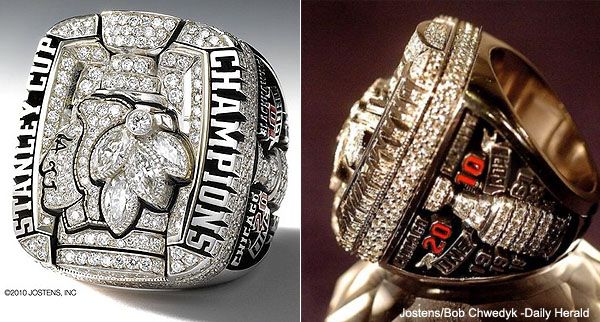
Well it depends. The best time to get your name on the Cup is the first year that they add a new barrel to the Cup. The worst time would be the last year that a spot on a barrel is available before a new one must be added.
This would give a range of 52 to 65 years before a name would get taken off the Stanley Cup.
The next set of teams to be retired from the Stanley Cup are from 1965-66 to 1977-78. The biggest significance to this is that once this band is retired in 2029-30 there is a potential for neither the Toronto Maple Leafs or Philadelphia Flyers to be on the Stanley Cup for the modern era. Both of those teams are in a long drought and must win it within the next eleven years or else they will not have their team names on it.
As well, it is sad to think about some of the player’s names that will be removed from Lord Stanley’s Cup.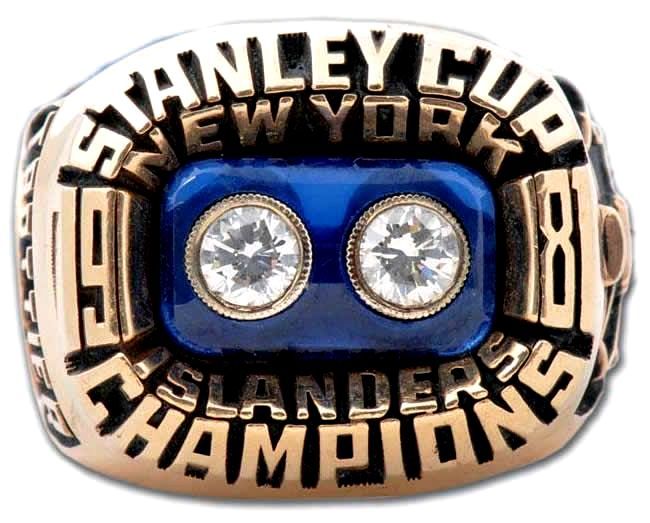 Some of the names in this time period include Bobby Orr, Jean Beliveau, Henri Richard, and Bobby Clarke.
Some of the names in this time period include Bobby Orr, Jean Beliveau, Henri Richard, and Bobby Clarke.
What are the current dimensions of the Stanley Cup?
| Original Bowl (silver) | |
| Height: | 18.5 cm / 7.28 inches |
| Diameter: | 29 cm / 11.42 inches |
| Current Version (silver and nickel alloy) | |
| Full Stanley Cup: | Height – 89.54 cm / 35-1/4 inchesWeight – 34-1/2 lbs – 15-1/2 kg |
| Bowl: | Height – 19.05 cm / 7-1/2 inchesDiameter – 28.57 cm / 11-1/4 inchesCircumference – 88.9 cm / 35 inches |
| Collar: | Height – 15.87 cm / 6-1/4 inches |
| Shoulder: | Height – 8.25 cm / 3-1/4 inches |
| Barrel: | Height – 46.35 cm / 18-1/4 inches |
| Base: | Diameter – 43.81 cm / 17-1/4 inches |
Source
What happened to the original Stanley Cup bowl?
The original bowl was becoming too fragile so it was retired in 1960 and can be seen on display at the Hockey Hall of Fame in Toronto. It has been replaced by an exact replica, including all the engravings and mistakes.
It has been replaced by an exact replica, including all the engravings and mistakes.
FacebookTwitterReddit
A new ring is then added to the bottom of the Stanley Cup that will be filled up after another 13 teams have won. Up to this point there have been three barrel rings to be retired: 1927–28 to 1939–40 champions. 1940–41 to 1952–53 Cup winners.
Table of Contents
Each ring usually cost between $20,000 to $25,000.
5. Its rings are detachable. Since 1958, five bands of championship names are engraved around the base of the Cup. When the rings become full, the oldest band is removed and preserved in Lord Stanley’s Vault at the Great Esso Hall in the Hockey Hall of Fame.
A new ring is then added to the bottom of the Stanley Cup that will be filled up after another 13 teams have won.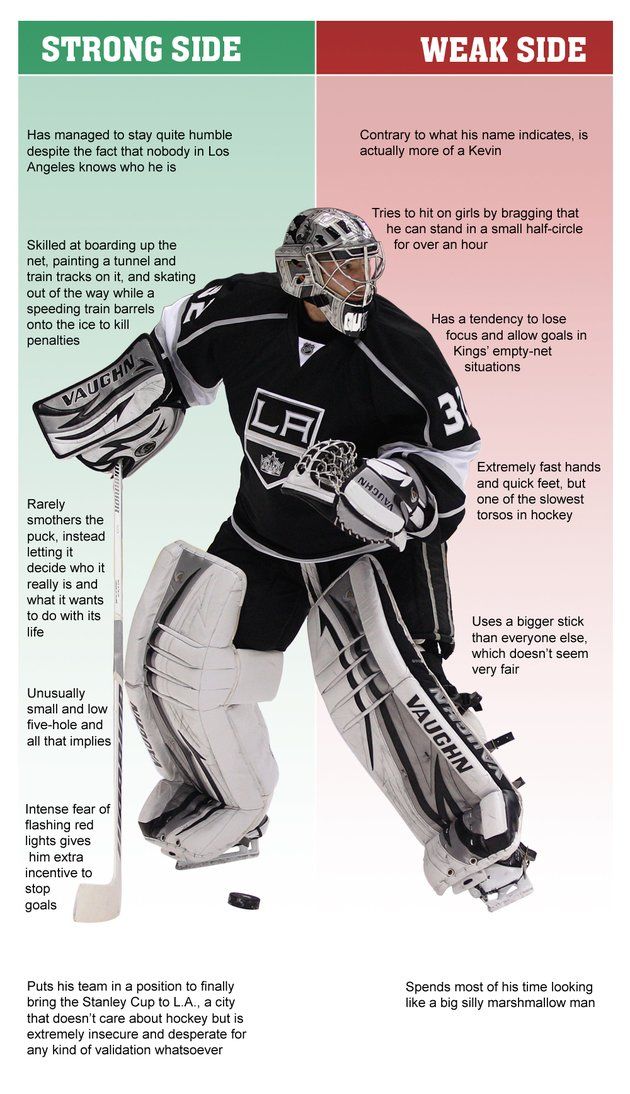 Up to this point there have been three barrel rings to be retired: 1927–28 to 1939–40 champions. 1940–41 to 1952–53 Cup winners.
Up to this point there have been three barrel rings to be retired: 1927–28 to 1939–40 champions. 1940–41 to 1952–53 Cup winners.
The average cost for championship rings today is between $20,000 to $25,000 per ring.
The ring is priced at $12,018. The number of rings, 145, and the naming of the Washington Capitals Stanley Cup 145 Limited Edition Ring is centered around the 2018 Stanley Cup Playoffs four series game winners.
Custom championship ring is first-ever awarded in organization’s 52-year history. Jostens, the leading provider of custom, hand-crafted fine jewelry for professional sports teams, unveiled the St. Louis Blues 2019 Stanley Cup Championship Ring earlier tonight.
In 1962, the Toronto Maple Leafs won the Stanley Cup. During a party after the win, the trophy was dropped in a bonfire and badly damaged. It was repaired at the expense of the team.
It was repaired at the expense of the team.
In addition to the winning players, teams give rings to coaches, trainers, scouts, executives, and other staff members. Teams often gives rings to players who played for the team, but do not qualify to have their name engraved on the Stanley Cup.
In 2010, the Chicago Blackhawks won their 1st Stanley Cup in over 40 years and the players were given a 14 karat white gold ring with over 400 diamond at a 30,000$ estimated value.
Since the introduction of the five-band cup, each engraved team is displayed on the trophy between 52 and 65 years (though in practice, this was reduced by one year as a result of the 1953–1965 band only containing 12 teams prior to its removal), depending on the order they are engraved on the relevant band.
Since 1958, five bands of championship names are engraved around the base of the Cup.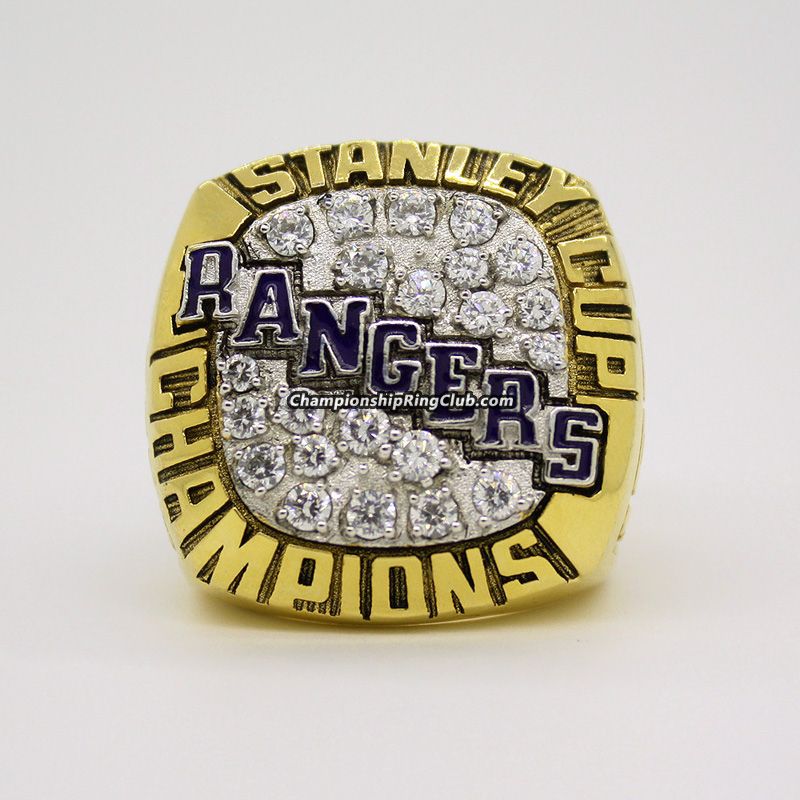 When the rings become full, the oldest band is removed and preserved in Lord Stanley’s Vault at the Great Esso Hall in the Hockey Hall of Fame.
When the rings become full, the oldest band is removed and preserved in Lord Stanley’s Vault at the Great Esso Hall in the Hockey Hall of Fame.
Each player on the team (and many of the people within the organization) will receive a special commemorative Stanley Cup ring. There is not a standard ring that a player receives as no two championship rings are alike. Instead, each team is responsible for designing and producing their own rings.
Henri Richard
Henri Richard
The trophy has evolved since its 1892 creation, and it is amended with the names of new Stanley Cup champions every season. The Cup no longer changes size, however. When it is filled with names every thirteen seasons, the top band is removed, and a new band is added to the bottom of the Cup.
Originally Answered: What happens when the Stanley cup runs of out free space for new winners? They add another ring to the cup, and remove an old one and out it at the Hockey Hall of Fame in Toronto. … As each ring is filled with the latest winners, the oldest ring is removed.
2020 Stanley Cup Finals
———————–
Location(s)
Coaches
Rank Player # OF WINS
—- ————– ———
1 Henri Richard 11
2 Jean Béliveau 10
3 Claude Provost 9
4 Yvan Cournoyer 8
A player must have at least 41 games played with the club or one game played in the Stanley Cup Finals. However, in 1994 a stipulation was added to allow a team to petition the Commissioner for permission to have players’ names put on the Cup if extenuating circumstances prevented them from being available to play.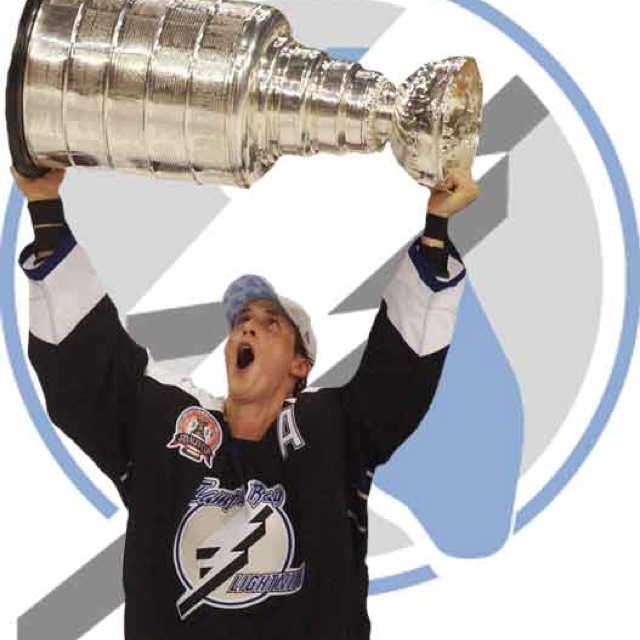
There are over 2,300 names on the cup, and it is constantly changing. As new names are added, old rings are removed. The names of players between 1928-29 and 1953-54 are at the Hockey Hall of Fame.
At the end of April, 16 teams started the Stanley Cup. Now there are only two left - the Boston Bruins and the Chicago Blackhawks.
Both finalists are preparing for the decisive matches after successful performances in previous years. In 2011, Boston won the Cup for the first time in 39 years, beating Vancouver in a 7-game final. The year before, the Cup was in the hands of "Chicago", thanks to the victory over "Philadelphia" in 6 games. This team last won the Silver Bowl 49years ago.
Both contenders easily coped with their rivals in the conference finals. “Boston” “dry” beat the favorite “Pittsburgh” 4-0, having won in the 4th game by a narrow margin of 1:0.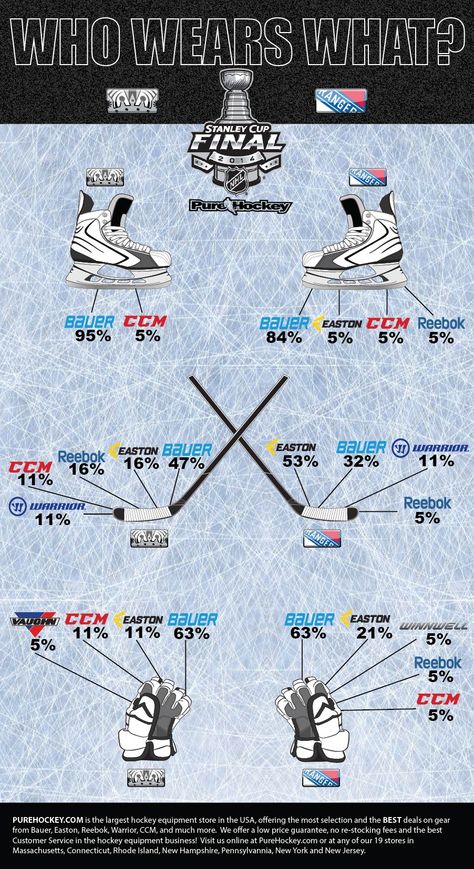 Three years ago, Patrick Kane scored an overtime goal that won the Stanley Cup for Chicago. This year, Patrick Kane's overtime goal gave the Blackhawks a win over Los Angeles in the 5-game Western Conference Finals. This year, Kane's winning goal was his third in this fifth game.
Three years ago, Patrick Kane scored an overtime goal that won the Stanley Cup for Chicago. This year, Patrick Kane's overtime goal gave the Blackhawks a win over Los Angeles in the 5-game Western Conference Finals. This year, Kane's winning goal was his third in this fifth game.
The teams had a couple of days off to recover before the final series, which starts on Thursday morning Moscow time.
Here are some numbers that apply to the upcoming Finals:
0 - the number of previous meetings between Boston and Chicago in the Stanley Cup Finals. Boston entered the NHL in 1924, and a team from Chicago appeared there two years later. But despite such a rich history, these clubs have never met in the final round of the playoffs. In general, now taking into account the upcoming series, only “Chicago” and “Rangers” from the “original six NHL” did not play each other in the finals.
1 - The number of goals scored by Chicago Captain Jonathan Toews in this playoff.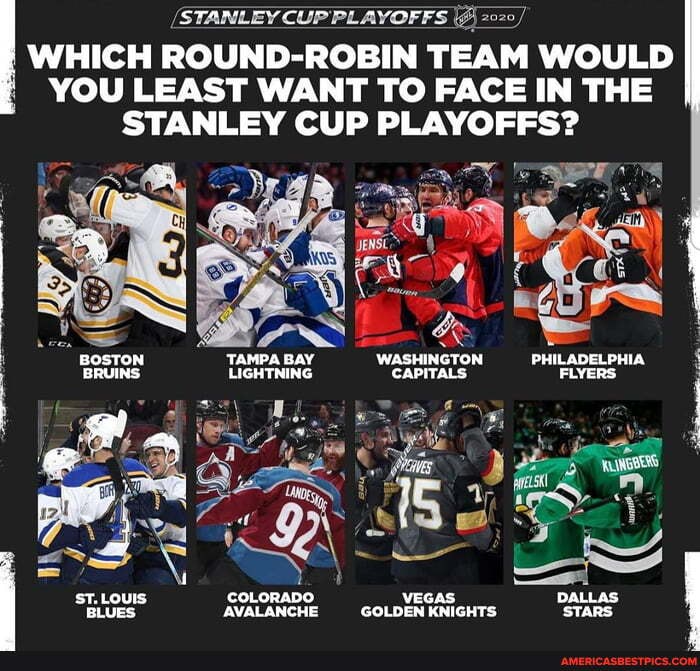 He made 51 shots on goal. In 2009 and 2010, when the Blackhawks went past the first round, Toews scored 7 goals in each series.
He made 51 shots on goal. In 2009 and 2010, when the Blackhawks went past the first round, Toews scored 7 goals in each series.
2 - Playoff goals scored by Jaromir Jagr against Chicago. Jagr is the only hockey player on both teams to score goals against another finalist. Jagr won the Stanley Cup with Pittsburgh at 1991 and 92 and then the Penguins beat Boston twice.
3 - Number of goals conceded by Chicago in a shorthanded game (59 times the team was shorthanded). The Blackhawks didn't concede a goal in the first round as a four-man, Detroit only managed one powerplay in the second round, and Los Angeles managed to go overboard twice in the Conference Finals.
4 - The number of Stanley Cups Chicago has won, although there have only been two since '38. "Blackhawks" in 12 times will play in the final. “Boston” became the owner of the Stanley Cup 6 times (the last time in 2011). The Bruins will play 18 times in the Finals.
5 - most consecutive Stanley Cups won by a single team.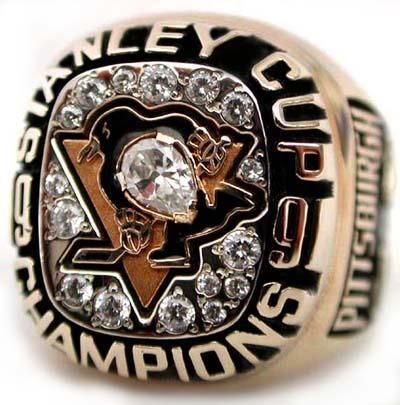 This was done by the Montreal Canadiens between 1956 and 1960. Since the expansion of the league, only Montreal (1976-1979) and Islanders (1980-1983) have won the Cup four times in a row.
This was done by the Montreal Canadiens between 1956 and 1960. Since the expansion of the league, only Montreal (1976-1979) and Islanders (1980-1983) have won the Cup four times in a row.
6 - Cup series between Boston and Chicago. The Bruins won 5 of them. The last time these clubs met in the playoffs was in 1978 in the quarter-finals. Chicago only won once at 1975, when the round consisted of 3 matches. 90,003 90,002 90,013 7 - 90,014 The number of consecutive losses Boston has suffered against Montreal in the Finals. They make up more than half of all Bruins losses in the Finals (12). Hockey “Chicago” also should not be upset that “Montreal” is watching the final on TV. The Blackhawks lost all five of their final games to Montreal.
8 - number of matches between Boston and Chicago in the last 9 years. The Bruins won 6 of them and lost once on shootouts. The Blackhawks' only regular time win came on January 7, 2010 in Boston, 5-2.
9 - The number of seconds it took to score the fastest goal in Stanley Cup Finals history.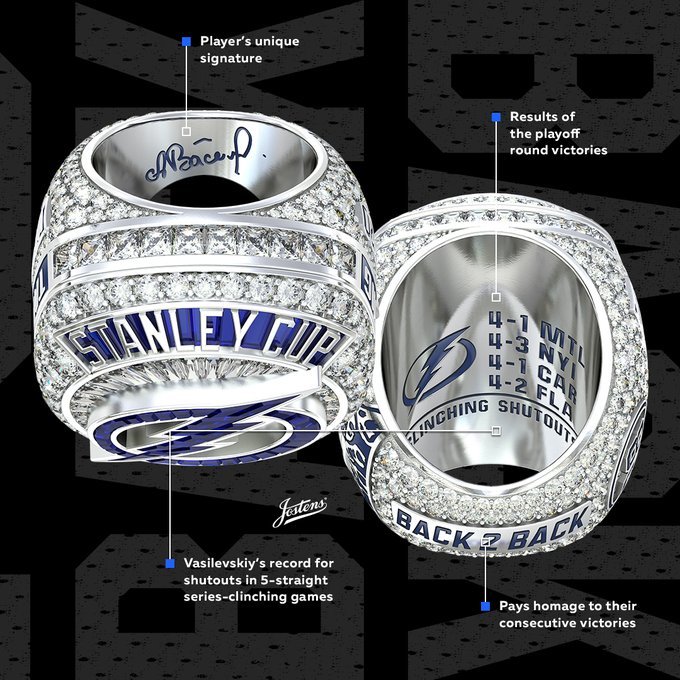 Montreal's Brian Skrundland did it in Game 2 of the 1986 Finals. Alexander Burrows of Vancouver was two seconds behind him, who scored his puck in the second match of the final against Boston.
Montreal's Brian Skrundland did it in Game 2 of the 1986 Finals. Alexander Burrows of Vancouver was two seconds behind him, who scored his puck in the second match of the final against Boston.
10 - number of seasons in which one team played in the final in a row. The Montreal Canadiens have played in every Finals since 1951 to 1960. Bernie Jeffrion, Doug Harvey and Tom Johnson have been on the team all these years. Bert Olmstead played 8 times for Montreal and then went against his former team with the Toronto Maple Leafs twice in 1959 and 1960.
15 - years since one team won two Stanley Cups times in a row. Detroit won in 1997 and 1998. Dallas (1999) and Devils (2001) made it to the Finals the year after they won but lost.
19 - most consecutive series won. The Islanders won 16 rounds in a row when they won the Cup 4 times, and then won three more, but lost to Edmonton in the 1984 final.
21 - points for Boston's center forward David Krejci.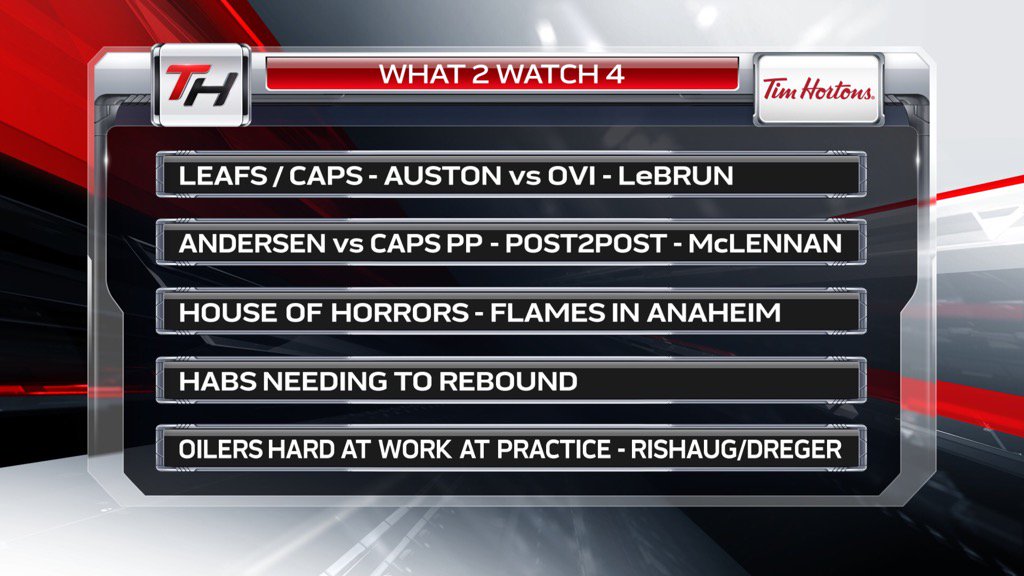 He is not only the top scorer of this playoff. He has already scored more points than the best player in last year's draw. Krejci was the top scorer in 2011 when Boston won the Cup.
He is not only the top scorer of this playoff. He has already scored more points than the best player in last year's draw. Krejci was the top scorer in 2011 when Boston won the Cup.
24 - the number of games in this playoff that required extra games to determine a winner. For the first time in history, at least one match in the first 14 series went to overtime. The hosts have won 18 times out of 24, including all 7 overtimes in the conference semi-finals. “Boston” won in 4 out of 5 overtime. “Chicago” – 3-1.
56 - the number of victories won by the hosts in the first 80 cup matches, which is 70%. The record for this indicator is 57 wins. It was installed at 1991, when 92 matches were played. Even if the hosts lose all of their matches in the upcoming final, the home win percentage would be 64.4%, which would be a record for the Cup since the '4 wins' format for all rounds was adopted in 1987.
In this Wikiport article: 10 interesting facts about the Stanley Cup, hockey's main trophy.
 The creator of the Stanley Cup did not see a single match for the cup
The creator of the Stanley Cup did not see a single match for the cup The person whose name the cup is named after did not see a single match for this trophy. The governor-general of Canada, Frederick Arthur Stanley, purchased the silver bowl from Great Britain in 1893 and brought it to Canada. And after a couple of months he returned to England forever to take the place of his deceased brother in the House of Lords.
The first Stanley Cup winners are an amateur team from Montreal
The cup is a bargain. In London, Sir Stanley purchased the vase for 10 guineas ($48.67 in 1893 exchange rates, or $1,402 in modern money). By comparison, in 1899, Dwight Davis, after whom the Davis Cup is named, bought a silver salad bowl for at least $750 then ($21,500 today).
Until 1913, the Stanley Cup winning team was required to answer the challenge of almost any opponent who wanted to compete for the award. Therefore, the draws were held several times a year, and the cup was won by teams of completely different levels, including, for example, Kenora Thistles. Hockey players from a town of 4,000 people in Ontario won the cup in January 1907.
Therefore, the draws were held several times a year, and the cup was won by teams of completely different levels, including, for example, Kenora Thistles. Hockey players from a town of 4,000 people in Ontario won the cup in January 1907.
At the beginning of the 20th century, the cup was played between the winners of the championships of various hockey leagues. Last non-NHL Stanley Cup winner at 1925 was the Victoria Cougars of the Western Canadian Hockey League. A year later, the NHL remained the only hockey organization for North American professional teams.
Lord Stanley provided for the owners of the Stanley Cup the opportunity to leave the memory of his team on the cup. But the clubs had to add additional elements to the vase and engrave at their own expense. Montreal - the first winner of the cup - added a narrow silver ring, on which there was a place only for the team name.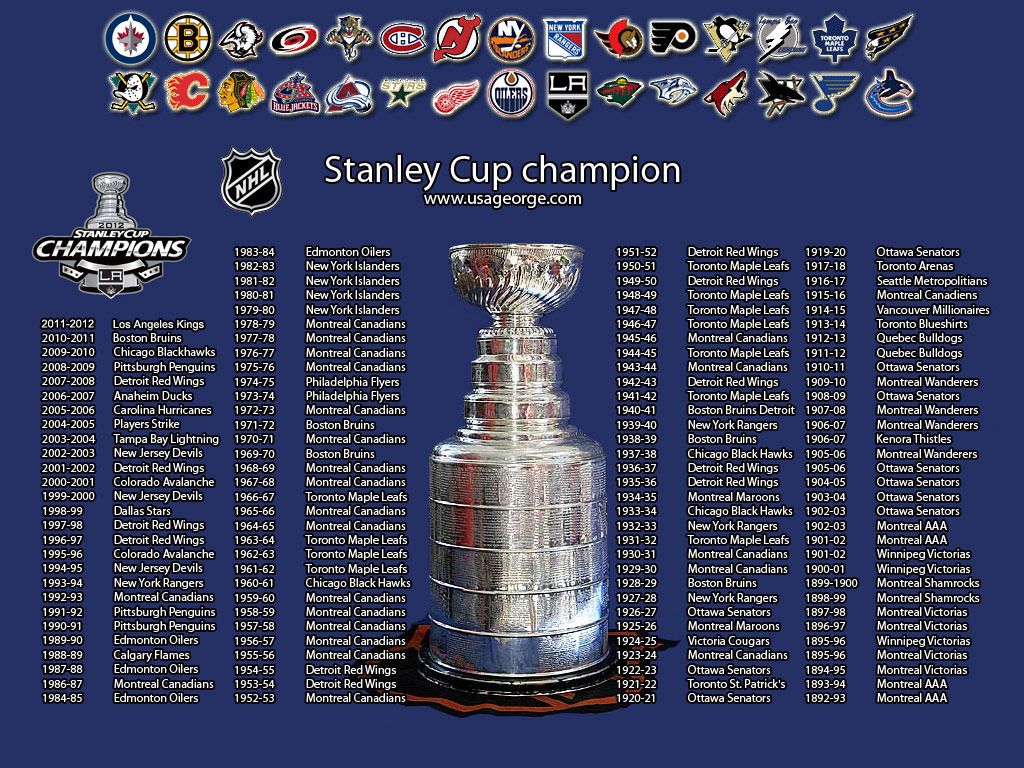 This ring was already filled by 1902 year. By the mid-1940s, new inscribed rings increased the size of the goblet so much that it became known as the Chimney.
This ring was already filled by 1902 year. By the mid-1940s, new inscribed rings increased the size of the goblet so much that it became known as the Chimney.
Stanley Cup in 1942
Many Stanley Cup errors can only be seen on the rings in the Hall of Fame. But some appear on the prize even now.
| Year | Error | Correct spelling | |
| 1972 | Command name | BQSTQN | Boston |
| 1981 | Team name | IIanders | Islanders |
| 1996 | Player last name | Deadmarc | Deadmarsh |
| 2002 | Player last name | Lagace | Legacy |
| 2006 | Player last name | Staaal | Staal |
| 2010 | Player last name | Vertsee | Versteeg |
| 2014 | Player last name | Willivis | Williams |
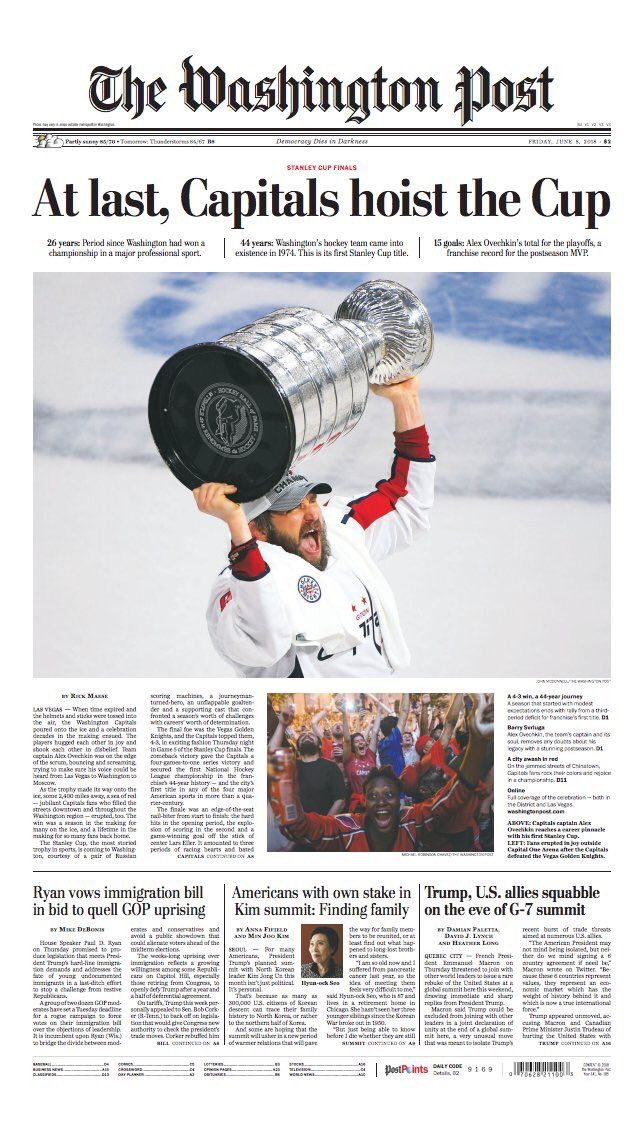 Traveling Cup
Traveling Cup The tradition of giving each of the players of the winning team a few days for personal use of the cup was founded in 1995, before that only the total number of days the Cup was “absent” from the Hall of Fame was regulated - 100 days. Some team leaders received the prize several days before.
For the first time the cup came to Russia in 1997, it was brought by Detroit hockey players led by Vyacheslav Fetisov. Since then, the prize has been in our country quite often. The last time in September 2021 in Nizhnekamsk and Moscow. It was delivered by the defender of "Tampa" Mikhail Sergachev.
In 1920, Ottawa players got into a fight and left the cup overnight in a roadside ditch.
At least three NHL players fed dogs from the cup, and the same number had children baptized in it.
In May 2007, the Cup came under rocket attack in Afghanistan, where it was brought to raise the morale of NATO forces.